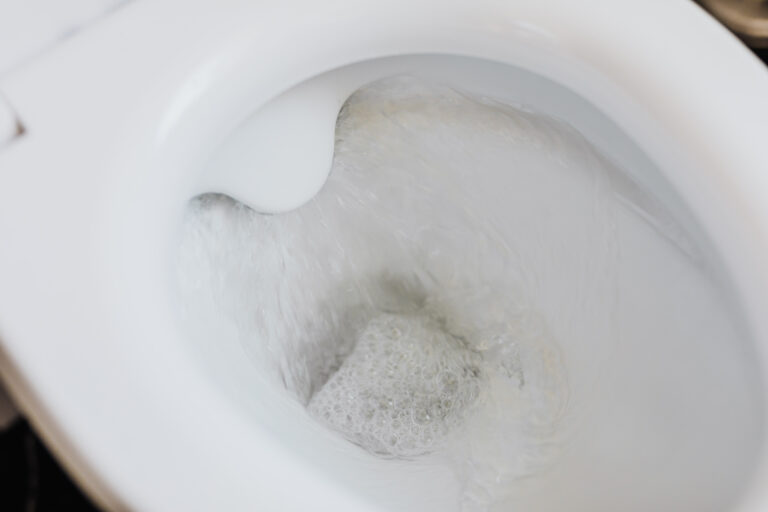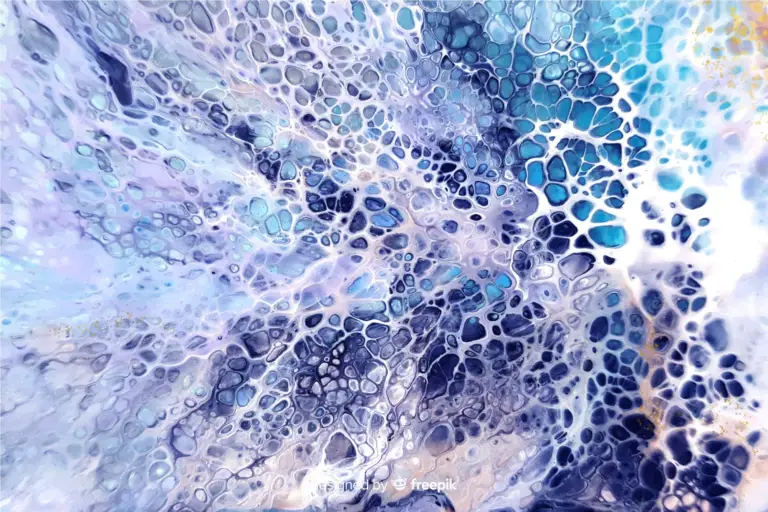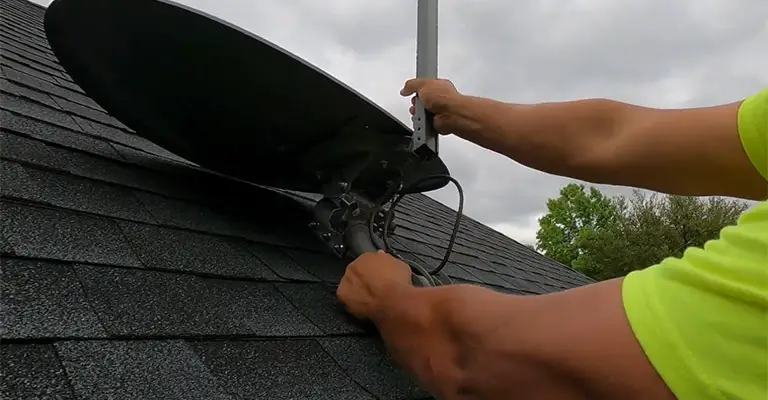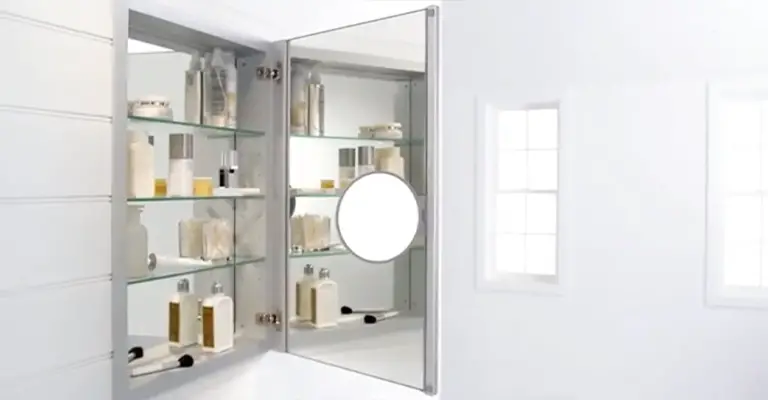Combating Mold on the Bathroom Ceiling
A common household issue that many homeowners face is the unwelcome appearance of mold on their bathroom ceilings. This guide aims to provide comprehensive insights into understanding, preventing, and removing bathroom ceiling mold, ensuring your bathroom remains a clean and healthy space.
Understanding Mold in Bathrooms
Bathrooms are ideal breeding grounds for mold due to their typically high humidity and dampness. Activities like hot showers and baths increase moisture levels, which, without proper ventilation, lead to mold growth on ceilings and walls.
The most common types of mold in bathrooms include black mold, which is known for its potential health risks, and mildew, a surface mold that is less harmful but equally unsightly.
Health Implications of Bathroom Mold
Mold in bathrooms, especially toxic varieties like black mold, can pose health risks. Symptoms of mold exposure can range from allergies and respiratory issues to more severe health problems in individuals with compromised immune systems.
Prevention Strategies
Effective Ventilation
One of the key strategies in preventing mold growth is ensuring adequate ventilation. Installing exhaust fans and keeping windows open during and after showers can significantly reduce moisture levels.
Regular Cleaning
Frequent cleaning of bathroom surfaces, including ceilings, walls, and shower curtains, can prevent mold spores from taking hold. Using mold-resistant cleaners can be particularly effective.
DIY Mold Removal Techniques
For minor mold infestations, DIY approaches can be effective. Here are some common methods:
Baking Soda and Water
A safe and non-toxic option, baking soda mixed with water can be sprayed onto the moldy area, scrubbed, and then rinsed off.
Vinegar
Spraying distilled white vinegar directly on mold and letting it sit for an hour before wiping clean can kill most mold spores.
Hydrogen Peroxide
A stronger alternative, hydrogen peroxide can be sprayed on mold, left for 10 minutes, and then scrubbed off.
Always wear protective gear like gloves and masks when dealing with mold.
Professional Mold Remediation
In cases of extensive mold growth, professional remediation may be necessary. Professionals have the tools and expertise to safely and thoroughly remove mold, especially in cases involving toxic varieties.
Long-Term Solutions
To keep mold at bay in the long term, consider the following:
- Regularly inspect and repair any leaks in plumbing.
- Maintain low indoor humidity levels, ideally between 30-50%.
- Repaint your bathroom with mold-resistant paint.
Maintenance Tips for a Mold-Free Bathroom
Maintaining a mold-free bathroom requires ongoing attention. Here are additional tips that can help:
Regular Inspection and Maintenance
Check for Leaks
Regularly inspect your bathroom for any leaks, as moisture from leaks is a major contributor to mold growth.
Seal Grout Lines
Ensure that grout lines in your bathroom tiles are properly sealed to prevent moisture seepage.
Maintain Exhaust Fans
Clean and maintain your bathroom exhaust fans for optimal performance in reducing humidity.
Lifestyle Adjustments
Shorter Showers
Reducing shower time can significantly decrease humidity levels in your bathroom.
Use a Dehumidifier
In very humid climates, using a dehumidifier can help maintain an ideal moisture level in your bathroom.
FAQs
To add more value to this guide, here are answers to some frequently asked questions about bathroom mold:
Q: Can bathroom mold make you sick?
A: Yes, exposure to certain types of mold, especially black mold, can cause health issues ranging from allergies and respiratory problems to more serious conditions, particularly in people with weakened immune systems.
Q: How often should I clean my bathroom to prevent mold?
A: Regular cleaning is crucial in mold prevention. Aim to clean your bathroom thoroughly at least once a week, with frequent spot cleaning in areas prone to moisture.
Q: Are natural mold removers as effective as chemical ones?
A: Natural mold removers like vinegar and baking soda can be very effective for mild mold issues. However, for more stubborn or extensive mold growth, stronger commercial cleaners or professional intervention may be necessary.
Q: Can painting prevent mold on bathroom ceilings?
A: While painting alone can’t prevent mold, using mold-resistant paint can significantly reduce the likelihood of mold growth on your bathroom ceiling.
Final Thoughts
Tackling bathroom ceiling mold removal is a critical step towards maintaining both the aesthetics and health of your home. By equipping yourself with a spray bottle filled with a mold-killing solution, you can effectively target and kill mold at its source. Remember to use a sturdy scrub brush to thoroughly clean the affected areas. This process not only eradicates unsightly mold but also enhances your indoor air quality. Regularly employing these cleaning techniques ensures that your bathroom remains a pristine and healthy environment, free from the detrimental effects of excess moisture and mold.
Preventative measures play a pivotal role in sustaining a mold-free bathroom. Ensuring that your bathroom fan is functioning efficiently, especially after hot showers or baths, can significantly reduce humidity levels. An exhaust fan is an invaluable tool in this regard, effectively mitigating excess moisture that contributes to mold growth. Additionally, routine maintenance and cleaning mold from all areas of the bathroom, using warm water and appropriate cleaning agents, can prevent mold spores from taking hold. Adopting these practices will safeguard your bathroom against mold, contributing to a healthier and more comfortable living space.






